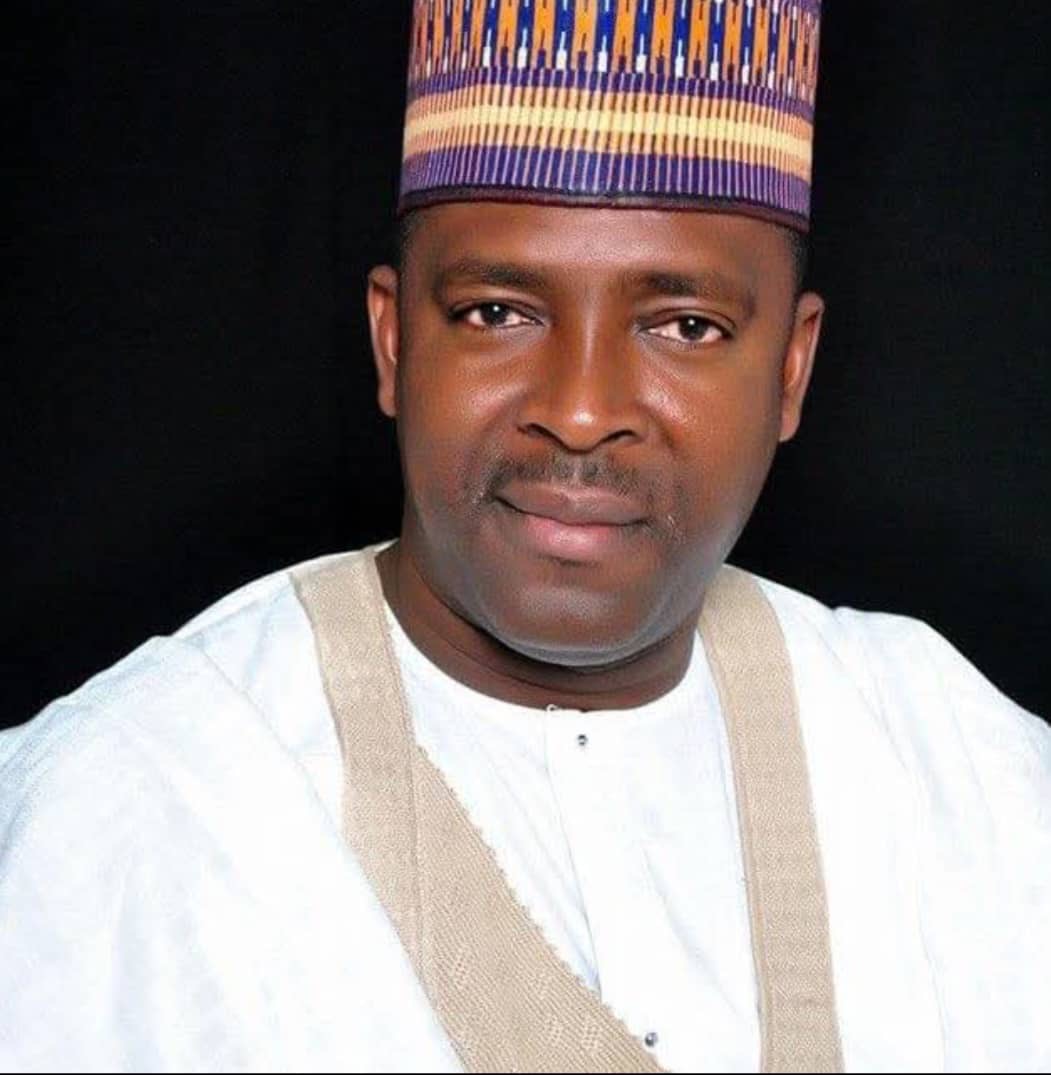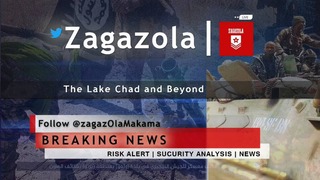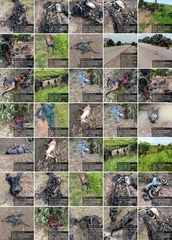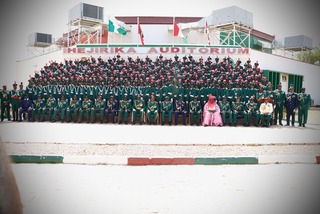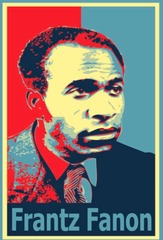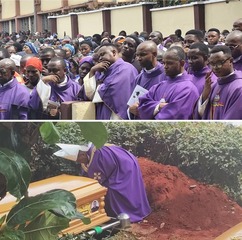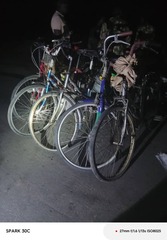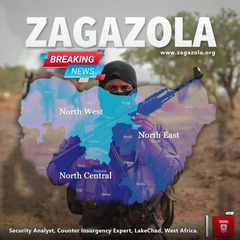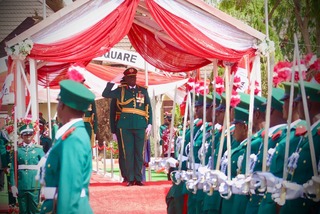Gov Zulum’s Community Base Reconciliation DDR, a Model for sustainability
Borno State, the epicenter of the Boko Haram insurgency, has witnessed over a decade of conflict that has devastated communities and displaced millions. However, in recent years, a significant shift has occurred. Over 200,000 Boko Haram members and their families have surrendered, marking a turning point in the counterinsurgency efforts.
At the heart of this development is Governor Babagana Zulum’s Community Based Reconciliation and Reintegration (CBRR) model, a locally driven Disarmament, Demobilization, and Reintegration (DDR) approach that is yielding tangible results. While many DDR programs worldwide struggle with reintegration, Zulum’s model is demonstrating that community ownership and reconciliation are key to sustainable peace.
Unlike conventional DDR programs that emphasize large-scale demobilization and economic reintegration, CBRR is built on community participation, reconciliation, and security. The model prioritizes social healing and locally driven reintegration rather than imposing top-down government solutions.
Community-Led Dialogue and Reconciliation Traditional and religious leaders facilitate discussions between victims and former insurgents, creating truth-telling and forgiveness platforms that allow communities to process the past before accepting returnees.
Unlike conventional reintegration programs that provide returnees with vocational training and financial handouts, CBRR integrates them into existing community economic structures, ensuring that reintegration is both sustainable and locally owned. To address community concerns, the model includes a robust community policing structure where reintegrated individuals are monitored in a non punitive but effective manner, fostering trust and safety.
Unlike many DDR programs that focus heavily on former insurgents, Zulum’s model ensures that victims receive tangible reparative measures, balancing reconciliation with justice.
Most DDR programs falter due to weak community engagement and inadequate economic opportunities for returnees. The government often assumes reintegration responsibility without sufficiently involving the communities that must ultimately accept former combatants. CBRR, however, places local ownership at its core.
Another key distinction is that reconciliation is treated as a process, not an event. Many DDR programs declare success once financial reintegration packages are delivered. In contrast, Zulum’s approach is patient, community driven, and nurtured from the ground up, ensuring lasting social cohesion.
The success of CBRR is reflected in the mass surrender of over 200,000 Boko Haram fighters and their families. This unprecedented number underscores a shift in the insurgency, with many fighters choosing peace over prolonged conflict. However, the challenge now lies in ensuring effective reintegration and preventing relapse into violence.
Zulum’s administration has taken a bold and pragmatic approach, balancing security concerns with the need for social healing. His government has maintained close collaboration with security agencies while ensuring that returnees are properly screened, monitored, and rehabilitated before reintegration.
Governor Zulum’s CBRR model offers valuable lessons for DDR experts globally, particularly in conflict zones where community resistance to reintegration is high. It highlights the importance of reconciliation before reintegration, local ownership, and blending security measures with social cohesion efforts.
For too long, DDR efforts have struggled to make the “R” truly effective. In Borno, however, a workable, scalable, and sustainable reintegration model is unfolding—one that deserves international attention and replication in similar conflict environments.
Governor Babagana Zulum’s Community-Based Reconciliation and Reintegration (CBRR): A Pragmatic DDR Model
Chiroma Usman is a DDR Specialist
Allumnus; Kofi Anan International Peacekeeping Training centre, Accra, Ghana.

